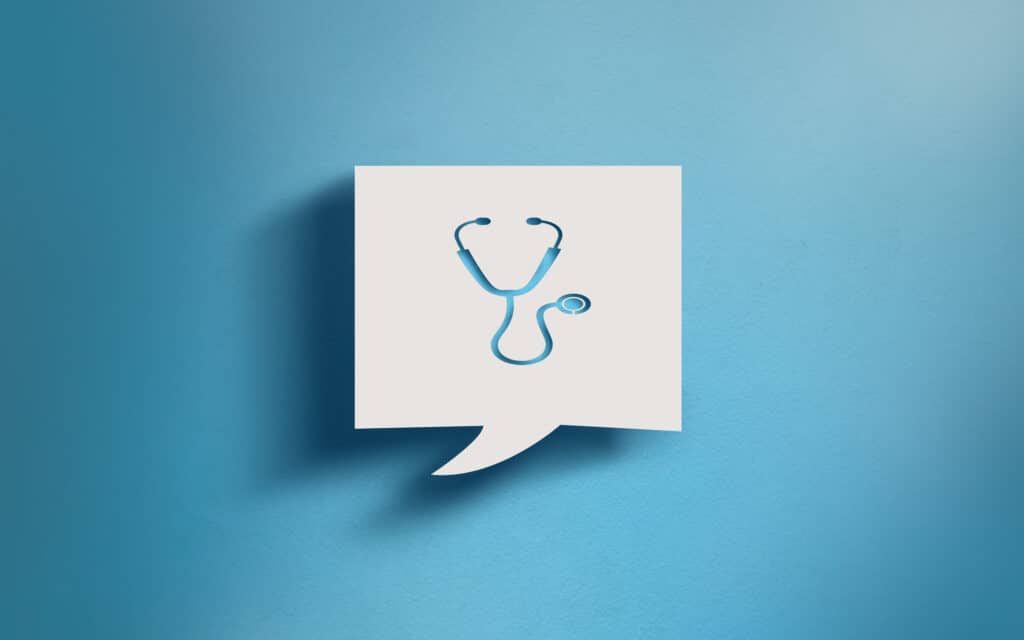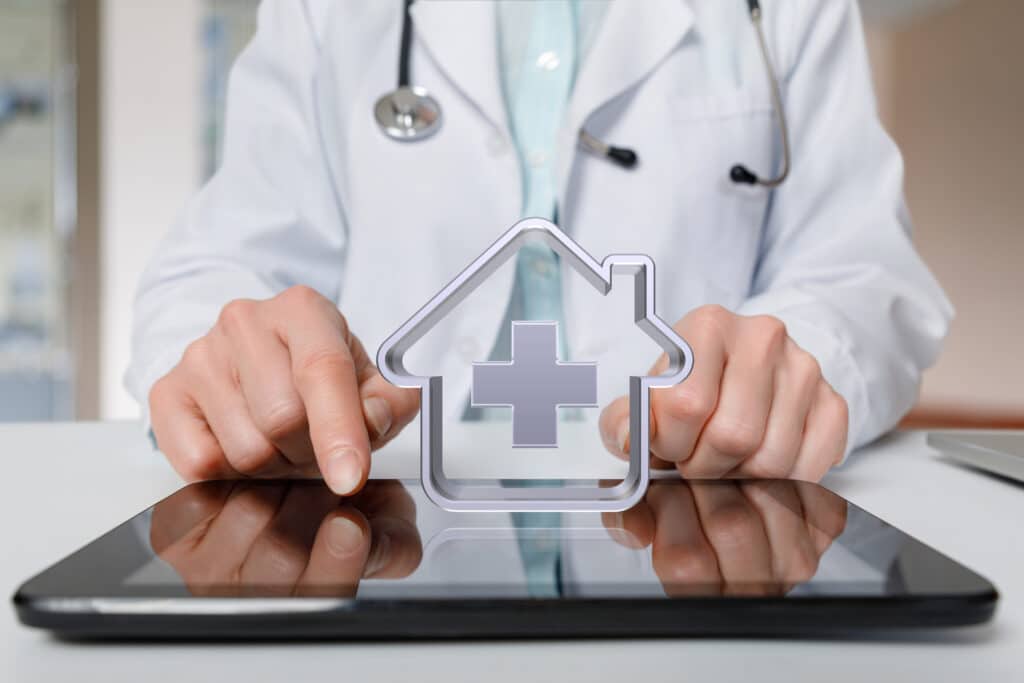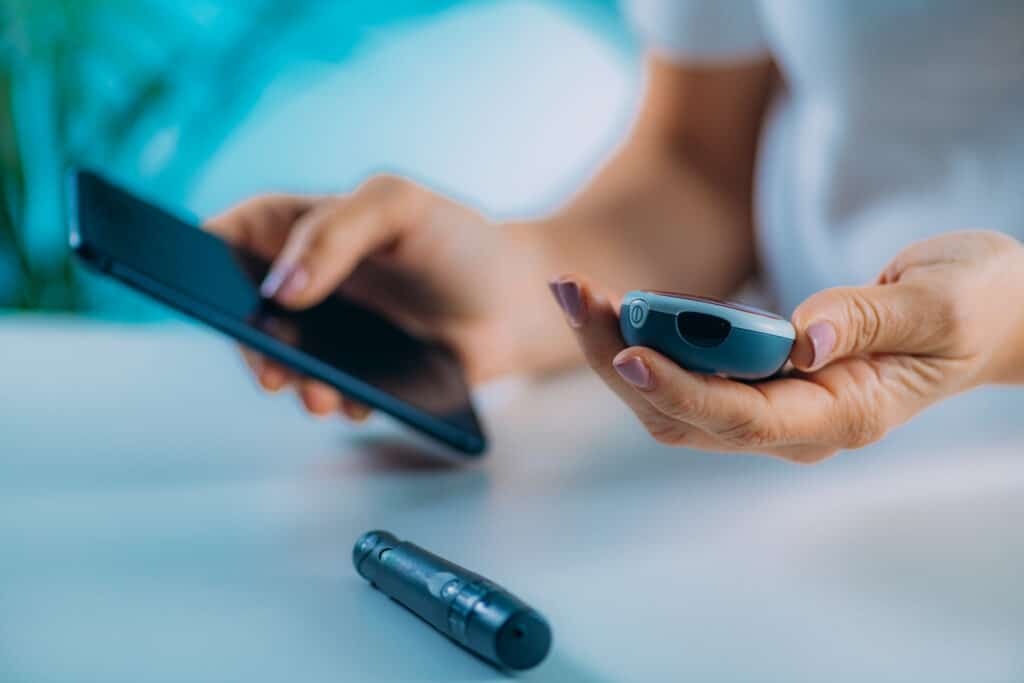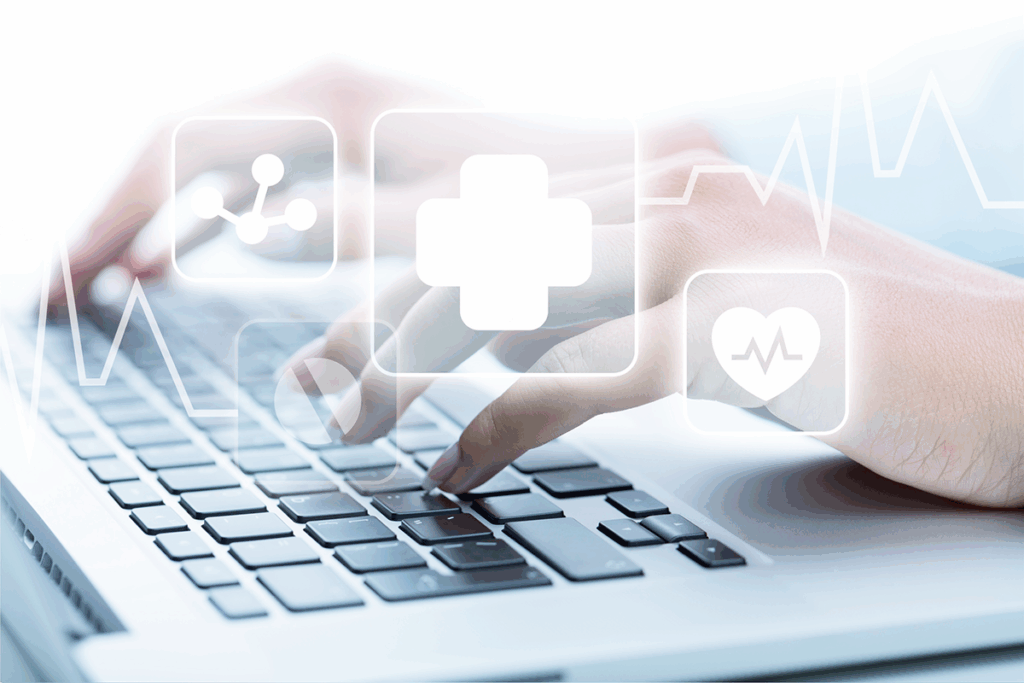
Understanding Seasonal Affective Disorder: How TriageLogic Supports Winter Mental Health
Seasonal Affective Disorder Affects Millions Each Year With less daylight and lower temperatures, many people start to notice shifts in mood, motivation, and sleep patterns. While these seasonal changes can be subtle, plenty of people experience more extreme and challenging symptoms that fall under seasonal affective disorder. SAD is a recurrent, clinically recognized condition that impacts millions of patients each year, yet it often goes unnoticed or unaddressed until its associated symptoms have become overwhelming. (For the purposes of this article, we’ll be focusing on

Smarter Call Handling: How Medical Answering Services Can Finally Work With Your EHR
Medical answering services aren’t just struggling with keeping patient requests accurate; they also need the ability to share those messages completely and easily with the rest of their teams. Traditional phone setups for medical practices are usually reliant on front office operators or call centers, but the information they manage may not always get to the right people. If you’re experiencing the same issues, it’s time to look at implementing a solution that can integrate with your EHR to give your clinicians a full picture

Remote Patient Monitoring Benefits That Hospitals Can’t Ignore
Use RPM to Strengthen Care, Reduce Readmissions, and Improve Outcomes By now, healthcare systems have heard quite a bit about remote patient monitoring and how it works. While there are still plenty of hospitals that have yet to adopt a program, the remote patient monitoring benefits available through modern technology have become impossible to overlook. With the right program, RPM can improve continuity of care, reduce costly readmissions, and support the clinical teams who manage chronically ill populations. The key is understanding what RPM can

Five Signs Your Practice Needs After Hours Nurse Triage Services
The Case for After Hours Nurse Triage Services While your practice doesn’t need to be open at all hours of the night, it still benefits from having someone available during that time to offer your patients medical guidance whenever they have questions or concerns. After hours nurse triage services are the obvious solution because they help patients better understand their own health and the severity of their symptoms, while also determining which doctors can better assist them. Not only does nurse triage offset burdens on

From Patient Calls to Care Coordination: How Triage Software Transforms Clinical Workflows
How Triage Software Supports Call Centers Do you manage a busy medical call center that deals with nonstop phones, anxious patients, overwhelmed nurses, and providers asking for clearer patient notes? Gaps in clinical communication can quickly turn into patient safety concerns, and inefficient workflows can disrupt an entire health system. That’s why many call center managers benefit from triage software that can create more consistent, accurate, patient-centered documentation. For many organizations, TriageLogic’s myTriageChecklist® (MTC) has become that much-needed bridge, helping call centers manage their patient

Healthy Habits for the Holidays: Updated Tips From TriageLogic
Balancing Wellness During the Busy Season We like to remind patients and providers that holiday health is about balance, not perfection. Over the years, we’ve shared tips on how to maintain healthy habits during this time, with the goal of encouraging mindfulness, moderation, and meaningful connections. However, as seasonal demands evolve, so should our wellness strategies. That’s why we’d like to revisit some important tips that continue to be relevant, while offering updated, practical ways that can help both you and your patients maintain energy,

Implementing Secure Messaging in Nurse Triage Systems
Why Hospital Administrators Are Prioritizing Secure Communication Evolving digital technology is forcing hospitals and practices to find better ways of protecting their patient data. This is why secure messaging in nurse triage systems is so important, especially for those organizations that choose to outsource this service. For hospital administrators, secure messaging is about more than compliance. It’s also key to promoting faster clinical response times, better health outcomes, and safer communication between nurses, physicians, and administrative staff. At TriageLogic, our suite of solutions — from

Why After Hours Nurse Triage Services Are Essential for Modern Medical Practices
24/7 Patient Support for a 24/7 World Whether it’s a child’s fever late at night or a sudden bout of dizziness early on a Sunday, patients expect access to professional medical advice when they need it most. In today’s healthcare landscape, those expectations are becoming the standard. That’s where after hours nurse triage services play a crucial role. Nurse triage provides patients with immediate access to RNs who can evaluate their symptoms, offer evidence-based guidance, and determine the safest next steps in care. For providers,

How Automated Medical Answering Services Improve Patient Care
Reimagining Patient Communication With Technology Every day, hospitals and medical practices face a familiar challenge — too many calls, too few staff, and not enough time to handle every patient request with the speed and care it deserves. Doctors and administrators alike understand how these bottlenecks can lead to frustration, inefficiency, and even delayed care. Fortunately, technology is offering a new way forward through automated medical answering services. TriageLogic’s MedMessage Automate is designed to capture and organize patient messages using secure digital intake forms, helping

How Technology Is Shaping the Future of Remote Patient Monitoring
Transforming Care Through Connected Innovation Hospital administrators are often challenged to improve patient outcomes with limited staff and increased demands on care. One of the best ways for them to address this challenge head-on is through the application of remote patient monitoring. RPM’s wearable sensors, cloud technology, and telehealth integration can revolutionize how hospitals deliver care, predict health risks, and optimize staff efficiency. As a leader in telehealth technology, TriageLogic can help hospitals like yours implement a secure, scalable RPM program that makes its services

Understanding the Basics of Triage Software
Why Call Centers Need Smarter Tools If you manage or oversee a healthcare call center, you’re already familiar with the pressure that comes with high call volume, staff burnout, and the need to verify that patient symptoms are being documented accurately. Every patient request has the potential for liability if it isn’t handled properly or escalated appropriately. That’s why nurse triage software is so important. The right solution can standardize symptom assessments that nurses perform over the phone, which leads to greater consistency in patient

The Importance of Continuous Education for Nurse Triage Teams
Why Ongoing Education Matters Hospital administrators know the pressures of balancing patient safety and operations with the use of limited resources. One of the most effective ways to safeguard all three of these is through the use of telephone nurse triage — and, by extension, the training they receive. Continuous education for nurse triage is important because it reinforces standardized processes for answering calls, evaluating patient symptoms, offering guidance, and using the appropriate listening skills to gain patient trust. Because health care and compliance continues
